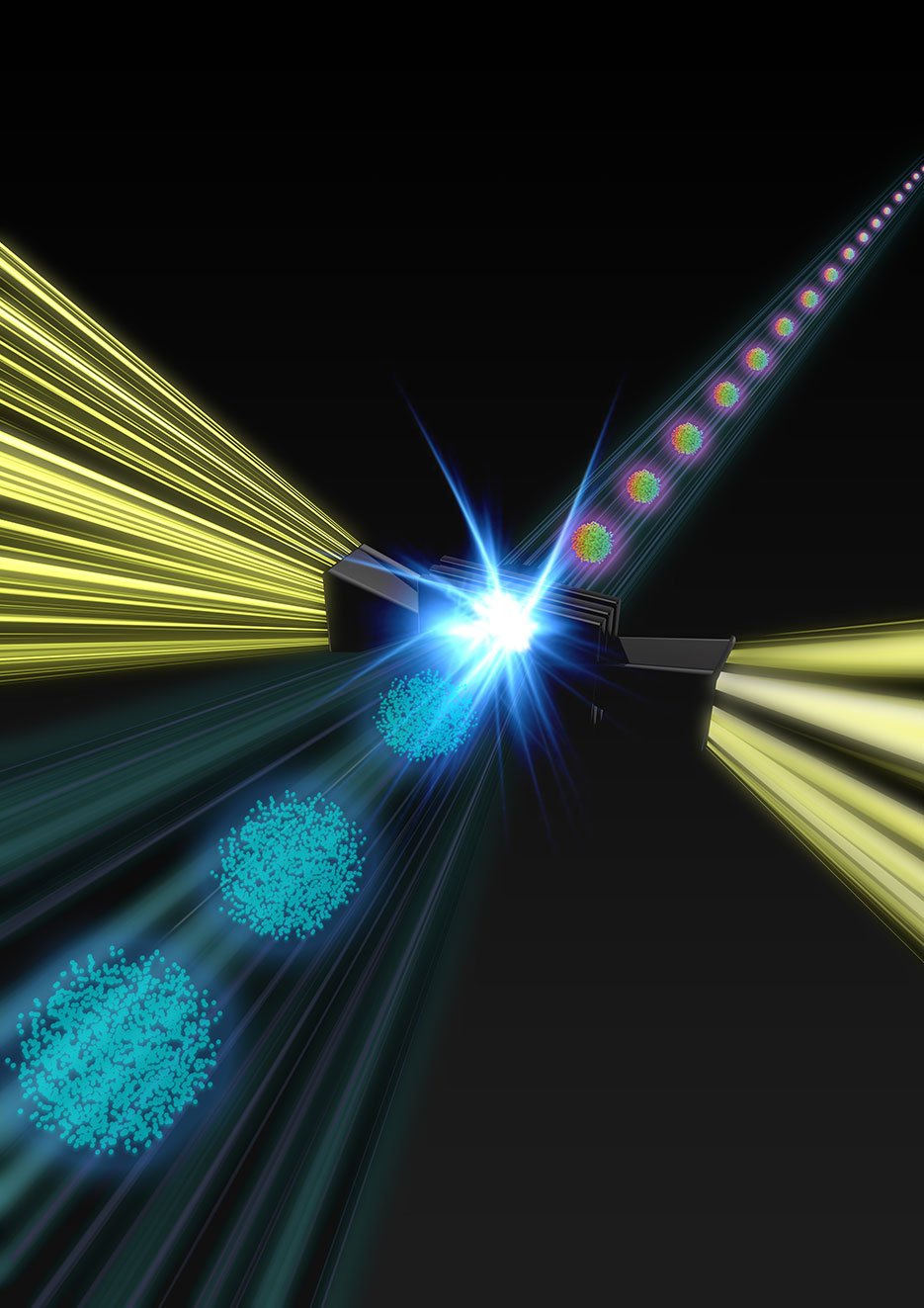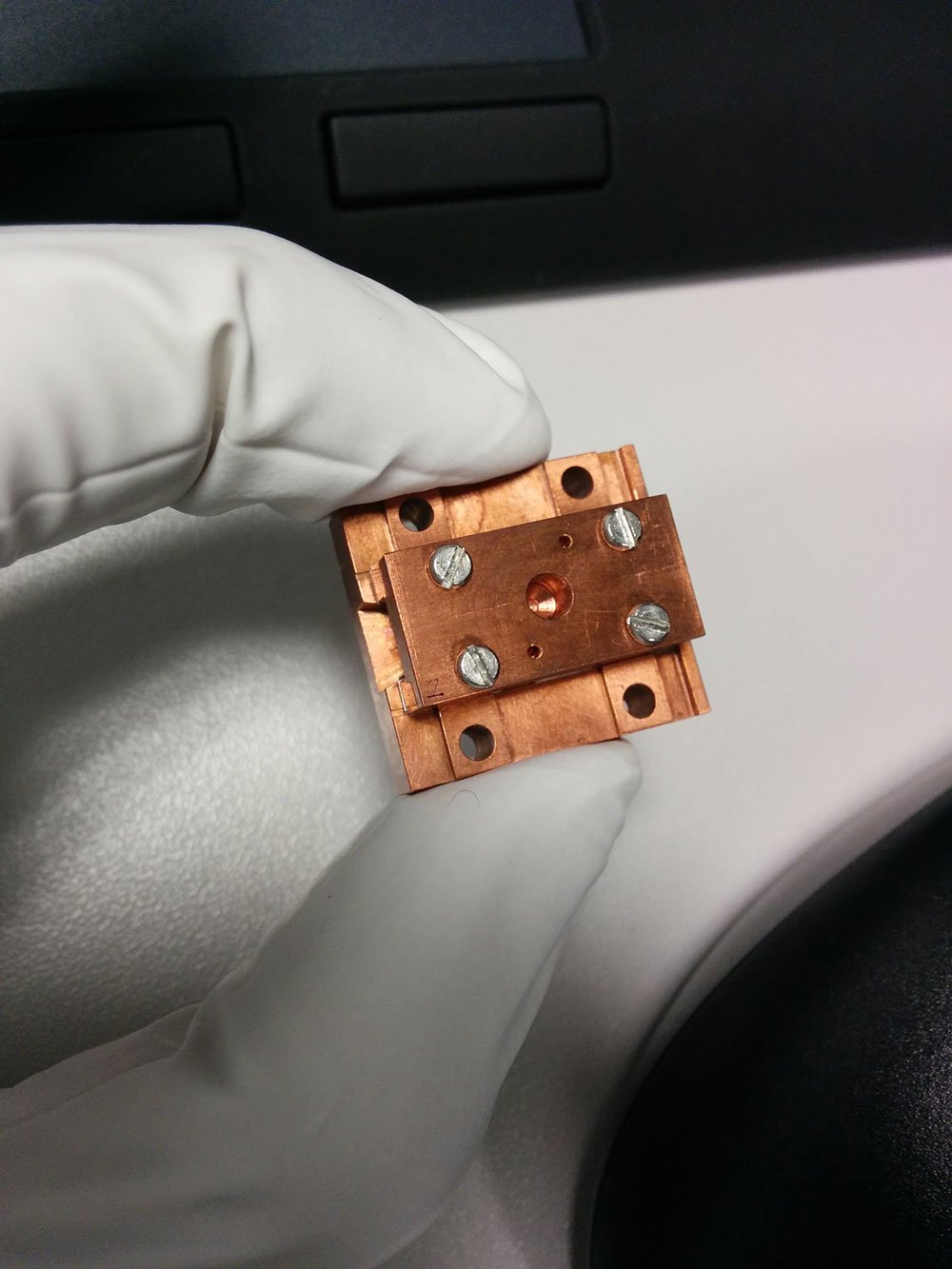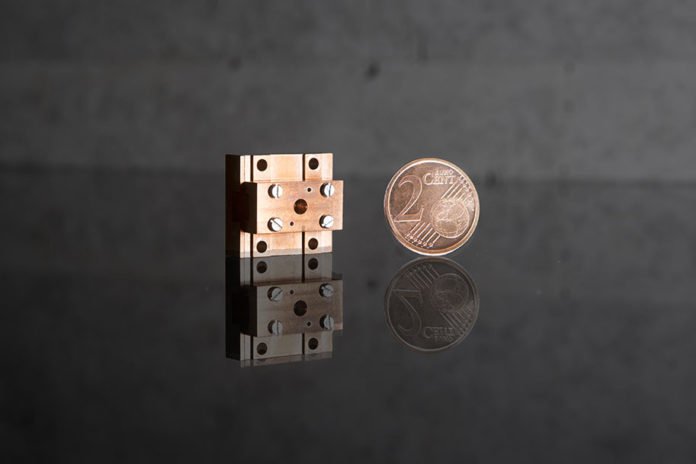Scientists have created a miniature particle accelerator for electrons that can perform four different functions at the push of a button. The device that works on Terahertz radiation source can quicken, pack, center and dissect electron bundles in a shaft. Its dynamic structures measure only a couple of millimeters over.
Scientists named the device as Segmented Terahertz Electron Accelerator and Manipulator (STEAM). One of its fascinating features includes its perfect timing with the electron beam.
To develop the device, scientists used the same infrared laser pulse and split it to generate an electron bunch and to drive the device.

First author Dongfang Zhang from the group of Franz Kärtner at CFEL said, “Both parts are fed into nonlinear crystals that change the laser wavelength: For the generation of an electron bunch the wavelength is shifted into the ultraviolet and directed onto a photocathode where it releases a bunch of electrons. For STEAM the wavelength is shifted into the Terahertz regime. The relative timing of the two parts of the original laser pulse only depends on the length of the path they take and can be controlled very precisely.”
“This way, the scientists can control with ultra-high precision, what part of the Terahertz wave an electron bunch hits when it enters the device. Depending on the arrival time of the electron bunch, STEAM performs its different functions. For instance, a bunch that hits the negative part of the Terahertz electric field is accelerated.”
“Other parts of the wave lead to focusing or defocusing of the bunch or to a compression by a factor of ten or so.” While compression means the electron bunch gets shorter in the direction of flight, focusing means it shrinks perpendicular to the direction of flight.”

The accelerator also allowed scientists to perform an investigation of the structure of the electron bunch along its way of flight. For this system, called streaking, the approaching electron cluster is avoided sideways such that it progresses toward becoming spread out opposite to the bearing of flight. At the point when this spread out cluster hits an indicator, it delivers a profile of the group along its way of flight. Streaking is consistently used to break down the bundle structures in molecule quickening agents.
Kärtner, who is a lead scientist at DESY said, “Terahertz radiation typically has a hundred times shorter wavelengths than the radio frequency radiation used in today’s big particle accelerators. Therefore, all the structures in the device can shrink accordingly.”
“Measuring just about two centimeters on the largest side, STEAM easily fits into a matchbox. And that’s just the size of the housing. The active structures are on a millimeter scale.”

Although, the accelerator is still in its initial stage. The designers consider STEAM to be an initial step headed straight toward a future age of conservative, Terahertz driven molecule quickening agents. These could empower new applications and supplement the present quickening agents. Also, the pocket manipulator can already be utilized today: accelerator groups around the world are already considering it for bunch characterization, as Kärtner points out: “STEAM can be used for future table-top accelerators, but its various functions are also interesting for existing machines.”
Scientists reported about this accelerator in detail in Nature Photonics.
